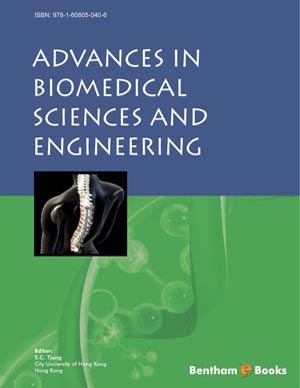Abstract
The potential widespread use of nanomaterials has led to a strong concern about the impact of these new nanomaterials on human health and the environment. The exposure pathways, in vitro cytotoxicity, pulmonary and respiratory toxicity and biodistribution of carbon nanotubes (CNTs) will be reviewed in the first part of this chapter. Once CNTs are produced cheaply in large amounts, they will be used more widely around the world, and profoundly influence the aquatic environment and aquatic species as a consequence. The second part of this chapter will discuss zebrafish (Danio rerio) as a powerful and versatile in vivo model system in the toxicology research of nanomaterials. The widespread habitat of this fish species makes them an ideal model to study the ecological consequence of nanomaterials being discharged in large quantities in the aquatic system. The zebrafish is also a widely used model organism of human development and diseases, making them an excellent model to study biocompatibility of nanomaterials being introduced inside the vertebrate bodies. The impact of CNTs on the aquatic environment was investigated by examining the properties of pristine CNTs under several environmental conditions with developing zebrafish embryos. The in vivo biodistribution and long term effects were further studied using purified and chemically modified CNTs by introducing them into the 1-cell stage embryonic cell and the circulation system of the transparent zebrafish embryos. The study suggests that extensive purification and functionalization processes can help improve the biocompatibility of CNTs.






















